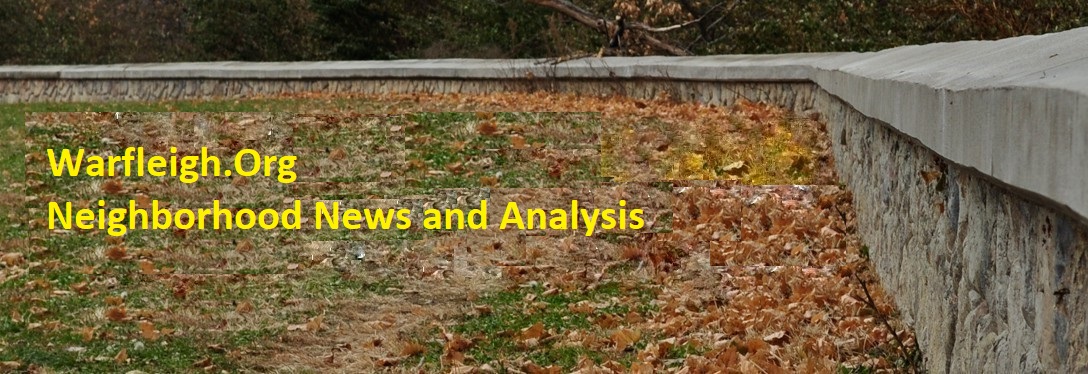Michael Massonne, Department of Public Works Indianapolis North Flood Damage Reduction Project Manager, indicates levee and floodwall construction should be completed by spring 2019, with levee certification and accreditation “hopefully” completed by spring 2020.
Levee Certification vs. Accreditation
What is Levee Certification? Levee certification is the process that deals specifically with the design and physical condition of the levee and is the responsibility of the levee owner or community in charge of the levee’s operations and maintenance. Certification must be completed for the levee to be eligible for accreditation by the Federal Emergency Management Agency (FEMA). Certification consists of documentation, signed and sealed by a registered Professional Engineer, as defined in Chapter 44 of the Code of Federal Regulations (44 CFR), Section 65.2. This documentation must state the following:
– The levee meets the requirements of 44 CFR, Section 65.10.
– The data is accurate to the best of the certifier’s knowledge, and
– The analyses are performed correctly and in accordance with sound engineering practices.
This documentation is provided to FEMA to demonstrate that a registered Professional Engineer certified the levee and meets the specific criteria and standards to provide risk reduction from at least the one-percent-annual-chance flood. Once the levee meets the other requirements of 44 CFR 65.10, FEMA can accredit the levee and show the area behind it as being a moderate-risk area on a Flood Insurance Rate Map (FIRM). If a community or levee owner wants the area behind a levee to be shown as reducing risk from the one-percent-annual-chance flood, they must first complete the process for having the levee certified.
How is a Levee Certified? To certify a levee, the community or levee owner must work with a licensed engineer or a Federal agency responsible for levee design to develop and certify documentation that the levee meets design construction standards for at least the one-percent-annual-chance flood. Levee certification does not warrant or guarantee performance, and it is the responsibility of the levee owner to ensure the levee is being maintained and operated properly.
What is Accreditation? A levee cannot be accredited until the certification process is completed. FEMA accredits a levee as providing adequate risk reduction on the FIRM if the certification and adopted operation and maintenance plan provided by the levee owner are confirmed to be adequate. An operations and maintenance plan specifies key operating parameters and limits, maintenance procedures and schedules, and documentation methods. FEMA’s accreditation is not a health and safety standard – it only affects insurance and building requirements. An area impacted by an accredited levee is shown as a moderate-risk area and is labeled Zone X (shaded) on a FIRM. In this case, the National Flood Insurance Program (NFIP) floodplain management regulations do not have a mandatory flood insurance purchase requirement. However, FEMA recommends the purchase of flood insurance due to the risk of flooding from potential levee failure or overtopping. If the levee is not accredited, the area will be mapped as a high-risk area, known as a Special Flood Hazard Area, or SFHA. In this case, the NFIP floodplain management regulations must be enforced and the federal mandatory purchase of flood insurance applies.
Source: https://www.mvk.usace.army.mil/Portals/58/docs/LSAC/LeveeCertification.pdf

“hopefully” isn’t reassuring. Who do I call everyday to make sure this process stays at the top of “things to do” to stop this guy from calling me everyday?
LikeLike
You may wish to contact for more information or updates the project manager, Michael Massonne, at michael.massonne@indy.gov .
LikeLike